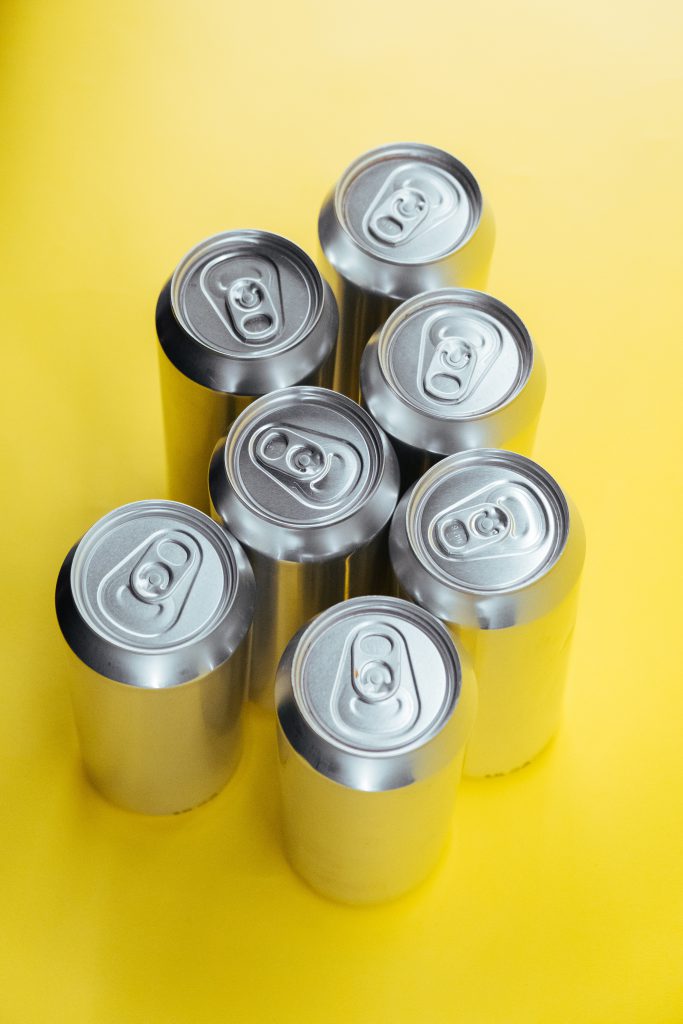This week in a nutshell (11th – 13th April)

Technical talks
NIFTY opened the truncated week at 17,741 on 11th April. The index closed 1.5% lower at 17,476 on 13th April. RSI (14) of 53 is trending downwards and MACD is trending upwards. On the upside, 18,191 could act as resistance while 20DMA of 17,296 could act as support.
FMCG (+1.7%), and Metal (+0.1%) were the only sectoral indices to close the week with gains. IT (-3.0%), Realty (-2.1%), and Auto (-1.1%) led the laggards.
Weekly highlights
- IT heavyweights TCS, and Infosys released 4QFY22 and FY22 earnings this week. While the numbers were largely in line with the street estimates, attrition continues to be a problem. While demand continues to be robust, there are headwinds of hiring, salary increments, and return of travel spending.
- US markets ended the week in the red on Thursday. Bond rates spiked as investors worried about the prospect of aggressive policy tightening in the United States. Oher central banks around the world have started increasing interest rates. Following the release of US economic data for retail sales and jobless claims, the benchmark US government yield increased.
- Fuel costs rose during the first full month of the Russia-Ukraine war, causing inflation in the United States to reach a 40-year high. While prices began to rise last year as the economy recovered from the Covid-19 outbreak, the most recent monthly report showed expenses for numerous items reaching record highs. According to the report, the increase may be leveling out.
- The European Central Bank confirmed its asset purchase program will end in the third quarter. Once the bond-buying program is completed, the ECB is expected to begin interest rate hikes, following the Bank of England and the US Federal Reserve.
- A substantial rise in automobile output in March bolstered US industrial activity for the third straight month, possibly indicating that the worst of the industry’s production woes from 2021 were passed.
- Oil prices retreated after the release of a larger-than-expected build in the US oil stocks. Brent oil closed at USD 111/barrel while Crude oil WTI closed at USD 107/barrel on Thursday.
- FII (Foreign Institutional Investors) continued to be sellers this week and sold shares worth Rs 63,342mn while DII (Domestic Institutional Investors) continued to be buyers and bought shares worth Rs 27,674 mn.
Things to watch out for next week
- The markets are likely to take cues from corporate earnings, and geopolitical tensions between Russia and Ukraine amid rising inflation globally.
- The Indian markets would react to earnings from IT companies such as Mindtree, Larsen & Toubro Infotech (LTI), and HCL Technologies. While the market leaders have alluded to higher attrition, amidst a robust demand environment, the impact of attrition on smaller companies would be something to watch for.
Disclaimer: “The views expressed are for information purposes only. The information provided herein should not be considered as investment advice or research recommendation. The users should rely on their own research and analysis and should consult their own investment advisors to determine the merit, risks, and suitability of the information provided.”


 As Indian markets continue to fall along with most other international markers, investors are wondering if this is the time to buy their favorite stocks. The latest trigger for the decline was the Russia – Ukraine conflict. The situation keeps changing every day but the impact on commodities – oil, sunflower oil, metals such as aluminum, copper and nickel, corn, wheat – prices have been immediate. The auto industry would be specifically affected as Russia is also a significant supplier of palladium a key component in semiconductor chips. Natural gas prices are already on the rise and Russia’s ejection from the global swift system could cause a lag in trade payments affecting balance sheets. The best outcome from investors’ perspective would be the cessation of hostilities and the world going back to its previous way of working. The possibility of this happening is fairly low.
As Indian markets continue to fall along with most other international markers, investors are wondering if this is the time to buy their favorite stocks. The latest trigger for the decline was the Russia – Ukraine conflict. The situation keeps changing every day but the impact on commodities – oil, sunflower oil, metals such as aluminum, copper and nickel, corn, wheat – prices have been immediate. The auto industry would be specifically affected as Russia is also a significant supplier of palladium a key component in semiconductor chips. Natural gas prices are already on the rise and Russia’s ejection from the global swift system could cause a lag in trade payments affecting balance sheets. The best outcome from investors’ perspective would be the cessation of hostilities and the world going back to its previous way of working. The possibility of this happening is fairly low.
